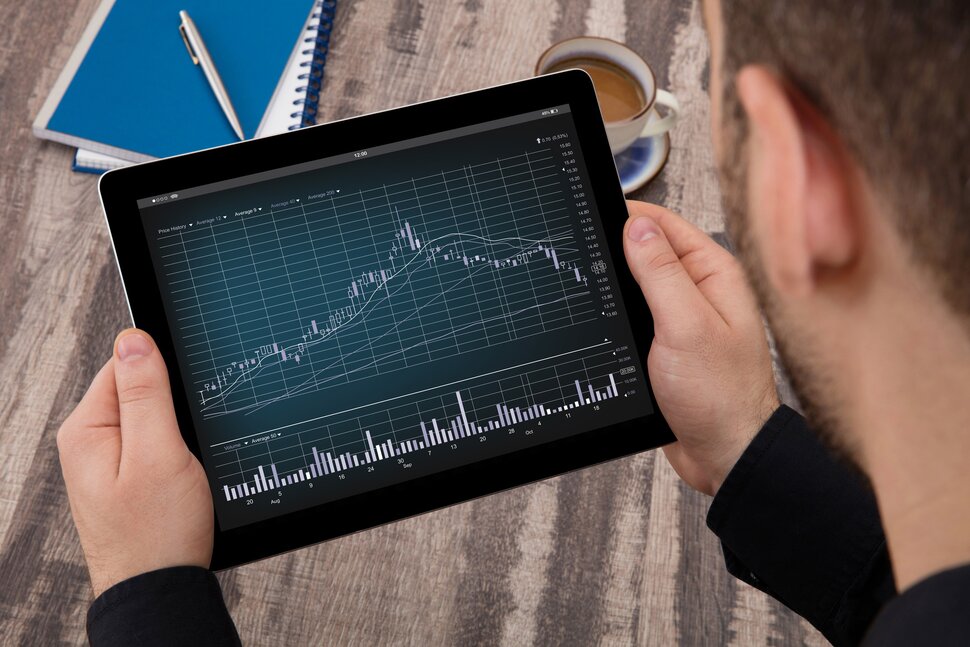
The blockchain technology is a highly secure public digital ledger that connects multiple parties. The network can facilitate the transfer of assets and the information referring to those assets.
It was created as a way for bitcoin to be legitimized as a genuine electronic currency after the drastic events in the financial markets that ultimately resulted in the global financial crisis in 2008.
It does this by securely recording digital transactions in a sequential manner using cryptographic digital keys, which are verified by the network as authentic. Duplication, editing, or removal of transactions is prevented by the chain, which is held on everyone’s computer on the network.
The longer the blockchain and the bigger the network, the more complicated the digital key becomes. This means more security for the whole blockchain.
Blockchain as a Trading Platform
All types of trading require the exchange of assets between at least two parties. There’s usually always a central party brokering the deal.
Blockchain changes this kind of platform by bringing the direct parties together in a secure network without a third party and by recording each transaction sequentially and securely.
Efficiency
Transactions are done directly between the relevant parties without the need for any third party and with digitalized information. Therefore, the setup of the transactions can be quick.
Also, smart contracts can automatically trigger commercial actions as long as the conditions in the contract are met.
This can significantly streamline the processes, removing time and cost from transacting.
Auditability
Since each transaction is recorded in sequence, it provides a good audit trail for the life of an asset even between parties. This is especially important if the source data is essential in verifying an asset’s authenticity.
Traceability
Following goods forwards in a supply network can be very beneficial when trying to find where components are currently located.
The data that relates to the component can then be given to or from the owner for possible action.
Transparency
Lack of commercial transparency can sometimes lead to delays in commerce and a breakdown in partnerships.
Since the information about the transactions are provided against the commercial construct, further trust can be enlisted within the process and so can offer more stable relationship based on transparency instead of negotiation.
Security
Since each transaction is verified within the public ledger using an independent and verified complex cryptography, the authenticity of the information can be assured.
Verified information is of the fundamental keys to unlocking the benefits of the Internet of Things (IoT), which describes a closed network of cyber-autonomous process linking assets to actions.
Feedback
With full traceability throughout the life cycle of an asset, the asset designers and manufacturers can accommodate through life asset management into their products to make them more effective.
This can enable information to return from shipping, installation, maintenance, and decommissioning.
Conclusion
The new digital operations could replace a lot of paperwork and inefficiencies. The power can be brought back in the parties’ bands, and this can make the process automatic. It can also lower inefficiencies, democratize the trading activity, and prevent frauds.




